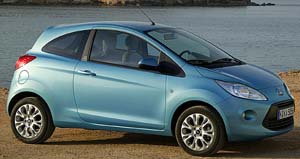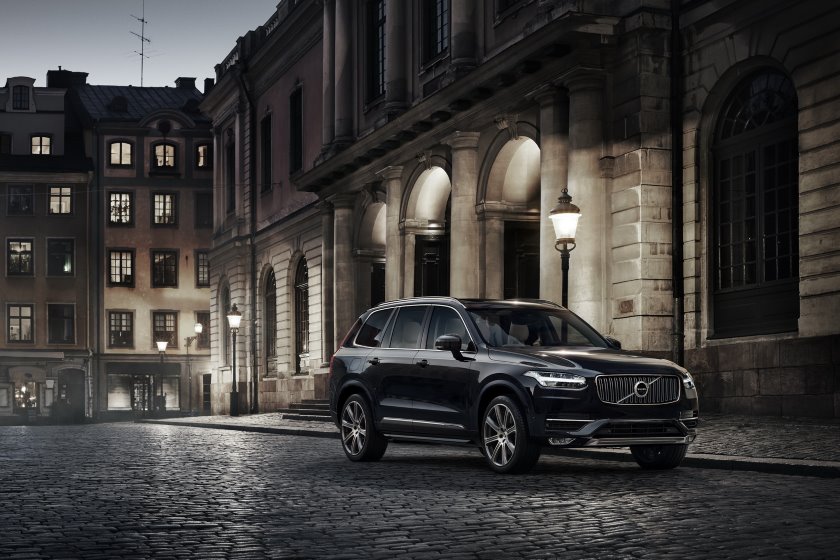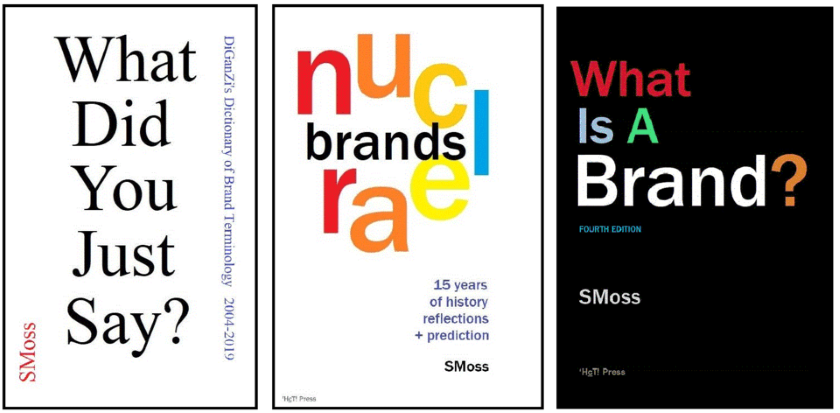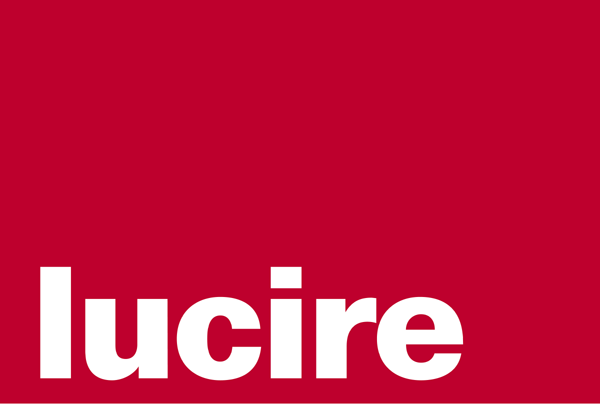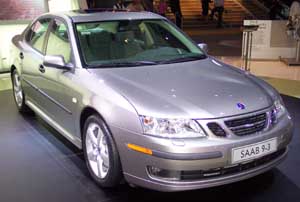 Photographed by Meredyth Lewis/JY&A Media |
[Cross-posted] I know I blogged enthusiastically about the potential of Koenigsegg buying Saab to put its solar-powered car into production but, as we know, that deal has since fallen through. Saab’s future is uncertain again, even if Dutch company Spyker—which, like Koenigsegg, also makes specialty sports cars—has expressed an interest in buying it. There are still a couple of other bidders, Renco, and Red Chinese automaker Beijing Automotive (BAIC).
While I’ve very happily dissed BYD for falling foul of intellectual property law (to which some very un-Chinese face-losing types cried over), and had it in for SAIC over its tactics in trying to buy MG Rover, I’ve always applauded those Chinese firms who are willing to showcase the true ingenuity of Chinese designers. The latest Cherys, the MG 6, and even the great symbol of Chinese communism, the Hongqi, actually look the part.
The acquisition is not beyond Spyker’s capability. A lot of it is restoring the corporate culture and reinstil that Saab pride. While Koenigsegg had plans for a solar car, which fits marvellously with Swedes’ business and social conscience, Spyker might be the sort of owner that would encourage Swedish innovation. Saab’s engineers have not all disappeared and the new 9-5, from what I have seen, is still quite a capable and distinctive car.
But does it have the readies to ensure long-term survival for Saab? That’s the hardest question to get one’s head around, because if it were there in the family silver, why hadn’t it been used to launch smaller, less exclusive Spykers? Simple: even if the money were there, Spyker hasn’t had downmarket plans in mind. Will it be able to take on a (relatively speaking) volume manufacturer and turn it around, or will Saab simply become another limited-production line, being built by a few hundred in Sweden?
Meanwhile, we are seeing some interesting tactics being employed by Beijing. I already knew that the old 9-5 production line was making its way over to China, but the latest news is that the 9-3 is heading east, too. Powertrain technology and tooling have also gone, and Saab people will help BAIC integrate the technology into its cars.
BAIC lacks, of course, a brand, but its styling is fairly sharp among the Chinese automakers when it comes to its own-design work.
The BAIC acquisitions have been done legally and at arm’s length. There are no stories emerging from Trollhättan about Saab managers getting drunk as Chinese executives entertained them, or false promises about joint ventures that failed to materialize. Already, this shows good faith and face.
The company has learned from the days when the Jeep Cherokee design somehow leaked from the company and pirate firms were churning out a model to which BAIC itself had the exclusive Chinese licence. It might actually be quite a good defender of intellectual property.
It has roughly the same number of years in JVs as SAIC, initially with Chrysler, and more recently with Hyundai, so we are not talking about a bunch of amateurs.
And BAIC has dreams of international expansion. What Chinese firm doesn’t, at this level? What it eyes is less the 9-3 and 9-5, but the Saab name that could adorn a whole generation of new cars.
The conservative government of Sweden is unlikely to kick up much of a fuss on behalf of the Swedish worker if more assets go to Beijing.
However, this might be the lesser of two evils, if some production is kept in Sweden—even if it is assembly—than for it to fade away completely as a slightly downmarket Spyker.
It would ensure the continuation of a brand that will inherently be tied to Sweden, even if some componentry comes off Chinese production lines.
And is being Chinese that much worse than being German, when Saabs have been rebodied Opel Vectras for some time now?
If indeed Swedish engineers are flying out Beijing these days to help productionize the 9-3 and 9-5, then the quality will surely be up to Swedish levels.
It keeps the door open long-term for top-end Saabs still emerging from Trollhättan while more basic models emerge from Beijing. Eastern markets are the ones that are really growing these days, and basic economics suggest that the products should be built where they are most desired.
And at least whatever BAIC builds will be of Saab design, albeit on Opel platforms. It will not be a Japanese Saab, the 9-2X, which the company’s brand adorned earlier this century when GM had a Subaru share holding. It will not be a big SUV based on the Oldsmobile Bravada and made in Ohio, another of GM’s abominations.
Whatever BAIC builds at least will have a Saab soul, not one dictated by Detroit economics. BAIC itself has an electric car design which would work quite well with the Saab brand, too. GM’s failure to grasp anything about the Saab culture meant that any differentiation and distinctiveness were washed away by cost controls and the GM way. If it could not keep its own Stateside Saturn division unique, what hope was there for an out-of-sight, out-of-mind outpost, starved of resources to develop new models?
I wish Saab and Koenigsegg had tied up, or Saab had the volume to be independent. These are not options. Looking at what we have, BAIC might not be the worst suitor. If Saab becomes its only international brand, it certainly would treasure it more than GM, with its many divisions, ever did. And if it understands that brand value and country of origin have some important ties to car buyers, as Tata did when it acquired Jaguar and Land Rover, then Sweden might not lose out. [Full version of this entry at the publisher’s blog.]



